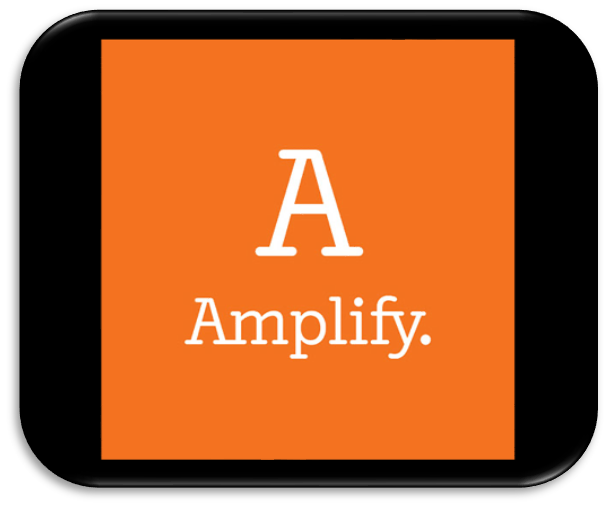- School District of Beloit
- 4th Grade Science
4th Grade - Science
-
The School District of Beloit has a vision for science education that engages all students in science by working with rigorous, relevant, and real-life problems. We do this through the use of curricular resources that are aligned to the Next Generation Science Standards. These resources encourage students to discover the world around them, in order to provide foundational knowledge to all and encourage all students to continue to learn and to keep wonder alive. The goal of the science program is to prepare our students for their future, which could be very different from the world we live in today. As a result, we have developed a scope that allows students to build upon and revise prior knowledge and encourages all students to engage in the practices of science and engineering.
4th Grade Science Units
-
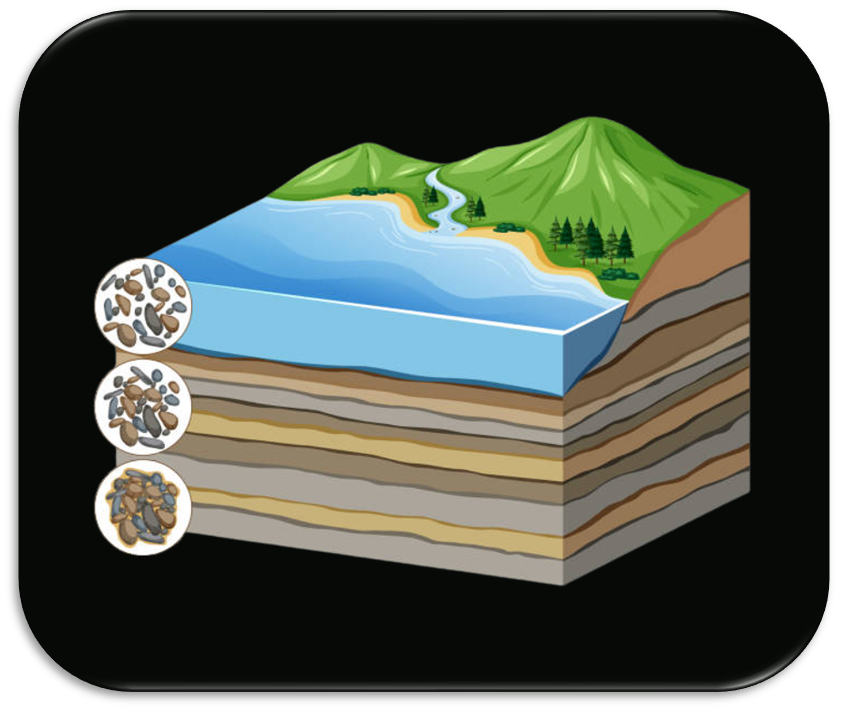
Unit 1 - Earth's Features
Students investigate how a dinosaur fossil found in the fictional Desert Rocks National Park formed. Investigating how the fossil formed leads students to learn about sedimentary rock formation. Students use books, hands-on investigations, and a simulation to figure out how fossils and sedimentary rock form.
-
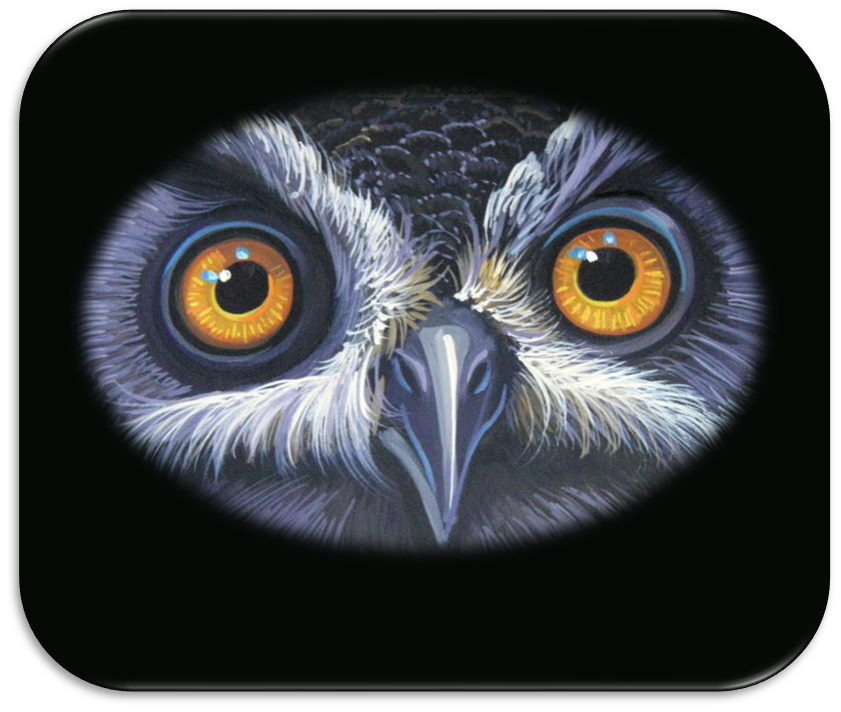
Unit 2 - Vision and Light
Students investigate the role that animal senses, primarily vision, play in survival as they try to understand a realistic fictional problem with a real organism. They use an interactive digital simulation that allows them to explore two key ideas: how light travels in a way that allows an animal to see and how an animal’s internal structures work together to process information and form an image the animal can recognize. Students engage in hands-on activities, reading, and discourse as they learn how animal eyes function, discovering that some animals see well in bright light and others see well in low light.
-
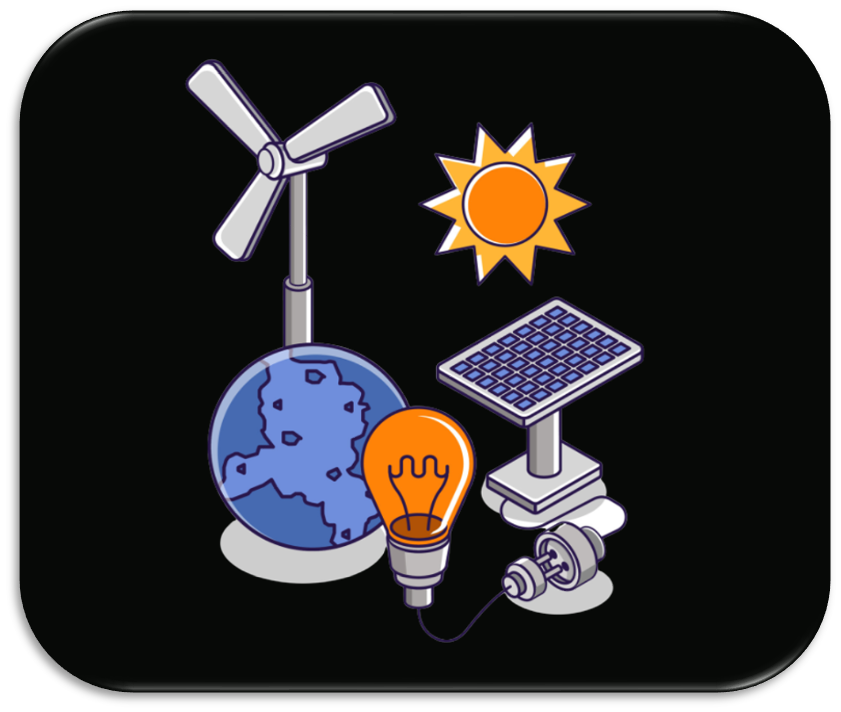
Unit 3 - Energy Conversions
Students take on the role of systems engineers for Ergstown, a fictional town that experiences frequent blackouts, the anchor phenomenon for the unit. They explore reasons why an electrical system may fail. Through firsthand experiences, discourse, reading, writing, and engaging with a digital simulation, students make discoveries about the way electrical systems work. Then, students apply what they have learned as they choose new energy sources and energy converters for the town, using evidence to explain why their choices will make the electrical system more reliable. Students will use and construct devices that convert energy from one form to another, build an understanding of the electrical system, and learn to identify energy forms all around them.
-
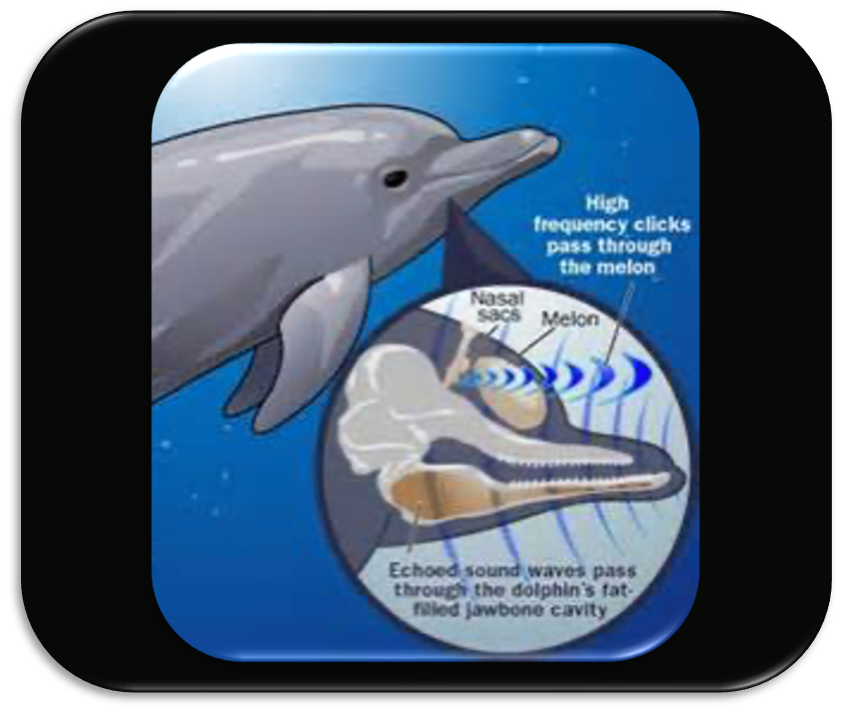
Unit 4 - Waves, Energy, and Information
Students apply what they learn from their investigations to write a series of scientific explanations detailing how dolphins are able to communicate using sound. Students consider a new anchor phenomenon as they broaden their understanding of patterns in communication by investigating the patterns that humans use to communicate across distances.
By the end of 4th Grade, students will...
-
- identify evidence from patterns in rock formations and fossils in rock layers to support an explanation for changes in a landscape over time.
- analyze and interpret data from maps to describe patterns of Earth’s features.
- generate and compare multiple solutions to reduce the impact of natural Earth processes on humans.
- develop a model to describe that light reflecting from objects and entering the eye allows objects to be seen.
- use a model to describe how animals receive different types of information through their senses, process the information in their brain, and respond to the information in different ways.
- use evidence to construct an explanation relating the speed of an object to the energy of that object.
- apply scientific ideas to design, test, and refine a device that converts energy from one form to another.
- generate and compare multiple possible solutions to a problem based on how well each is likely to meet the criteria and constraints of the problem.
- make observations to provide evidence that energy can be transferred from place to place by sound, light, heat, and electric currents.
- develop a model of waves to describe patterns in terms of amplitude and wavelength and that waves can cause objects to move.
- generate and compare multiple solutions that use patterns to transfer information.
- ask questions and predict outcomes about the changes in energy that occur when objects collide.

